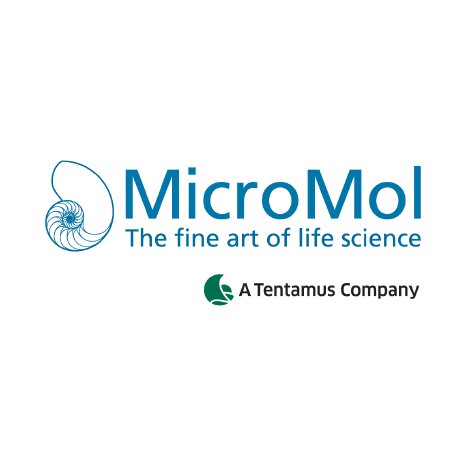The problem starts once you have a „meltdown“ in your fermentation tank. What you must do now is to stop all pumps immediately and to sterilize, disinfect and clean everything. And everything means everything. Do not forget any single corner, any filter, pipe, or seal. Bacteriophages are so tiny – that´s the problem! Like a detective you will have to take in count everything that might have been in contact with the viruses. To get rid of them means much more than disinfection, what is defined as reducing the contamination by a factor of 5. A phage contamination of a 10.000 L fermenter might lead to production of an astonishing number of even 1019 phage particles. That is around 1.000 times more than the number of all ants in the world.
Here are four considerations for making provisions against bacteriophage contaminations:
Define control measures that lower the risk of phage attack.
Every substance going into your fermentation plant must be phage-free. You can rely on the specifications of your raw material but – depending on the potential financial losses in the worst-case – you might decide to test them yourself.
Make sure your routine meets the requirements in terms of viral safety.
Focus that the essential analytics should be adapted to the bacterial strain that will be used for the fermentation. Not every strain is susceptible to every phage. But the phages might wait for the right one. A reliable, culture-based phage detection assays should be performed in a strain-specific way and have to be previously validated in respect to their detection limits.
Determine the level of resolution needed.
Phages are able to multiply to phenomenal quantities within a very short time. Thus, the detection limit of your detection assay is critical. And always respect the requirements of statistics. One single measurement is never safe!
Identify your contaminant.
Changing a production strain into one that is not susceptible to a phage that was causing fermentation failures in your facility before might be a good idea. You will only be able to do so, when you will have your contaminant identified. If you experience repeated contaminations caused by known perpetrators, it will be easy to select new production strain that will be resistant to infection. If the change of production strain is possible, you could choose a strain from a palette of candidates by simple phage typing. Knowing your phage will also enable you in determine whether your contamination has recurrent character or you have a problem with newly introduced virus. Recurrent contamination may indicate that the previous decontamination steps were inefficient.
To minimize the phage contamination risk means to constantly think about the possible virus entry ways and to consistently monitoring your environment. And to be smart enough do not forget to think about defence. Phages could be misused in a very malicious way.
Andrea Dreusch, PhD, Managing Director of MicroMol Laboratories in Karlsruhe, Germany is working with her team in the field of phage detection and cell bank safety.
Feel free to discuss your phage problems with CTO Mr. Rafal Napierala (r.napierala@micromol.com)
MicroMol GmbH Am Hubengut 3
D-76149 Karlsruhe
www.micromol.com


